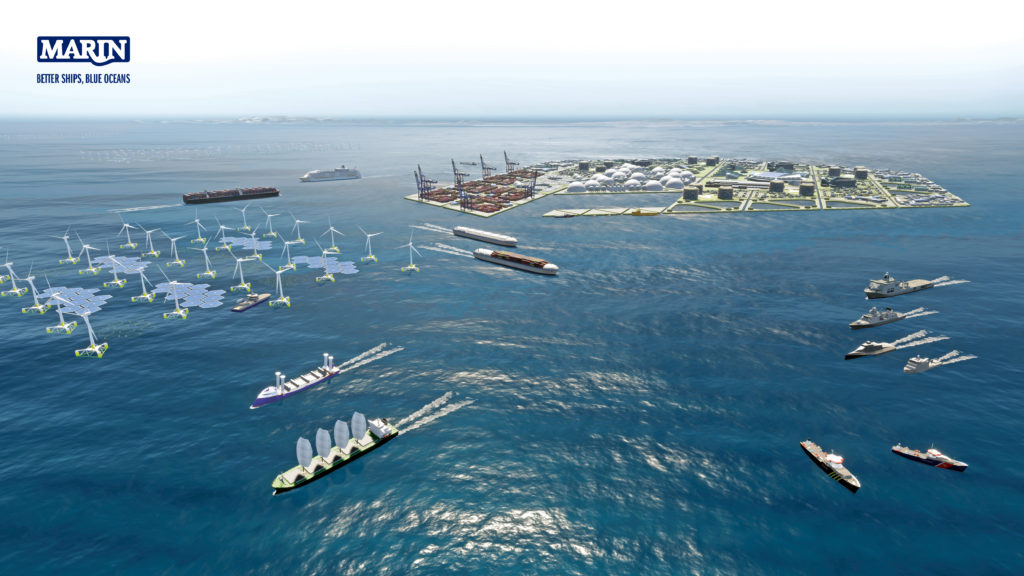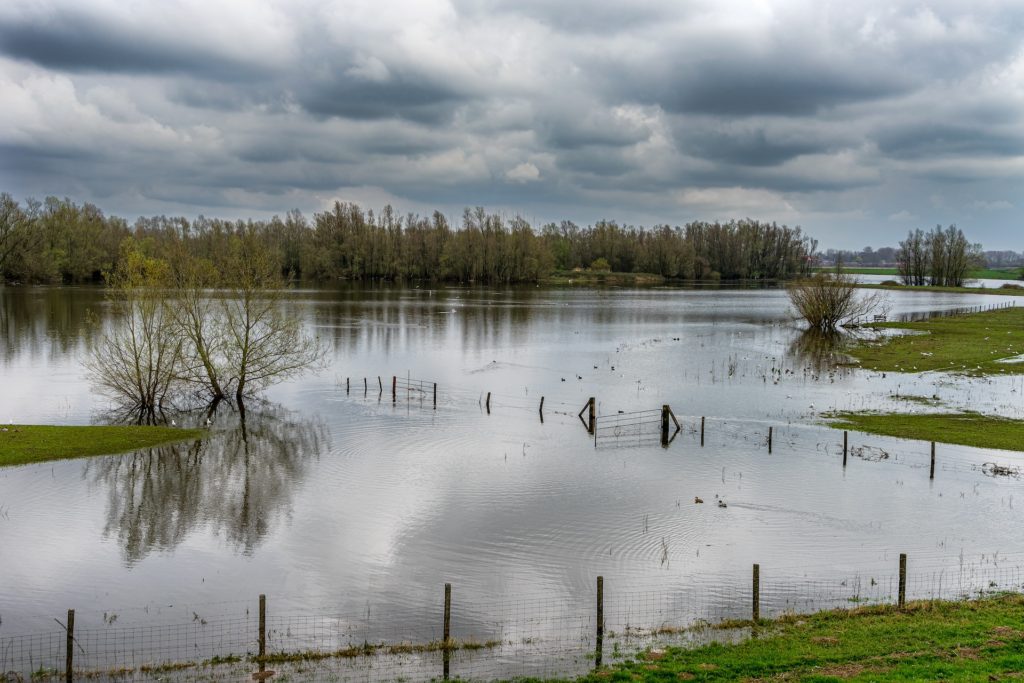The future of decision-making in the water sector lies in the ability to translate complex data into actionable insights in an accessible and understandable way. Innovations such as digital twins – digital replicas of physical or ecological systems – not only offer the opportunity to look at problems from different perspectives, but above all provide added value in making operational “what-if” choices. The digital twins therefore mainly work on the best, most up-to-date data, supplemented with appropriate models with which the user can communicate. The results are visualized on a map, graph in 2D, or even by a changing 3D representation.

From data to action
Choices in the complex reality of the water sector often have an impact on several systems at the same time, which makes it difficult to see the full picture. Moreover, there is an increasing need for real-time control, something that the human brain finds difficult to keep up with. AI can help to support these complex decisions, by quickly analyzing large amounts of data and providing relevant insights. Visualizations such as Virtual Reality (VR) and Augmented Reality (AR) make data tangible and help communicate complex scenarios clearly. This contributes to a better understanding of the dynamics within the water sector and the effects of possible interventions.
In addition, visualization techniques, such as virtual reality, make it possible to present this complex information in an accessible way. This helps policymakers and stakeholders to better understand the consequences of different choices and facilitates inclusive decision-making. Although many tools already exist, there is still a lot to be gained in the integration of systems, improvement of calculation models and accessibility of data.
DigiShape facilitates collaboration between developers and end users to realize innovative tools and applications. Quickly analyzing and visualizing large amounts of data enables stakeholders to quickly turn insights into action. By combining proven models and AI techniques with data visualizations, we can better understand the impact of choices and translate them into concrete measures. Our goal is to create as complete and up-to-date a picture of water systems as possible, so that everyone involved can make more informed choices that benefit the entire system.
Related news
On July 2, DigiShape organized a working session within the Water and Climate working group of the Dutch AI Coalition. [...]
On Wednesday, May 29, Thomas Stolp from HKV gave an online technical session about Bed level forecast in the Waal [...]
The Calculate by Data project of Deltares and Rijkswaterstaat has been successfully completed! Last year, we worked in DigiShape on [...]




